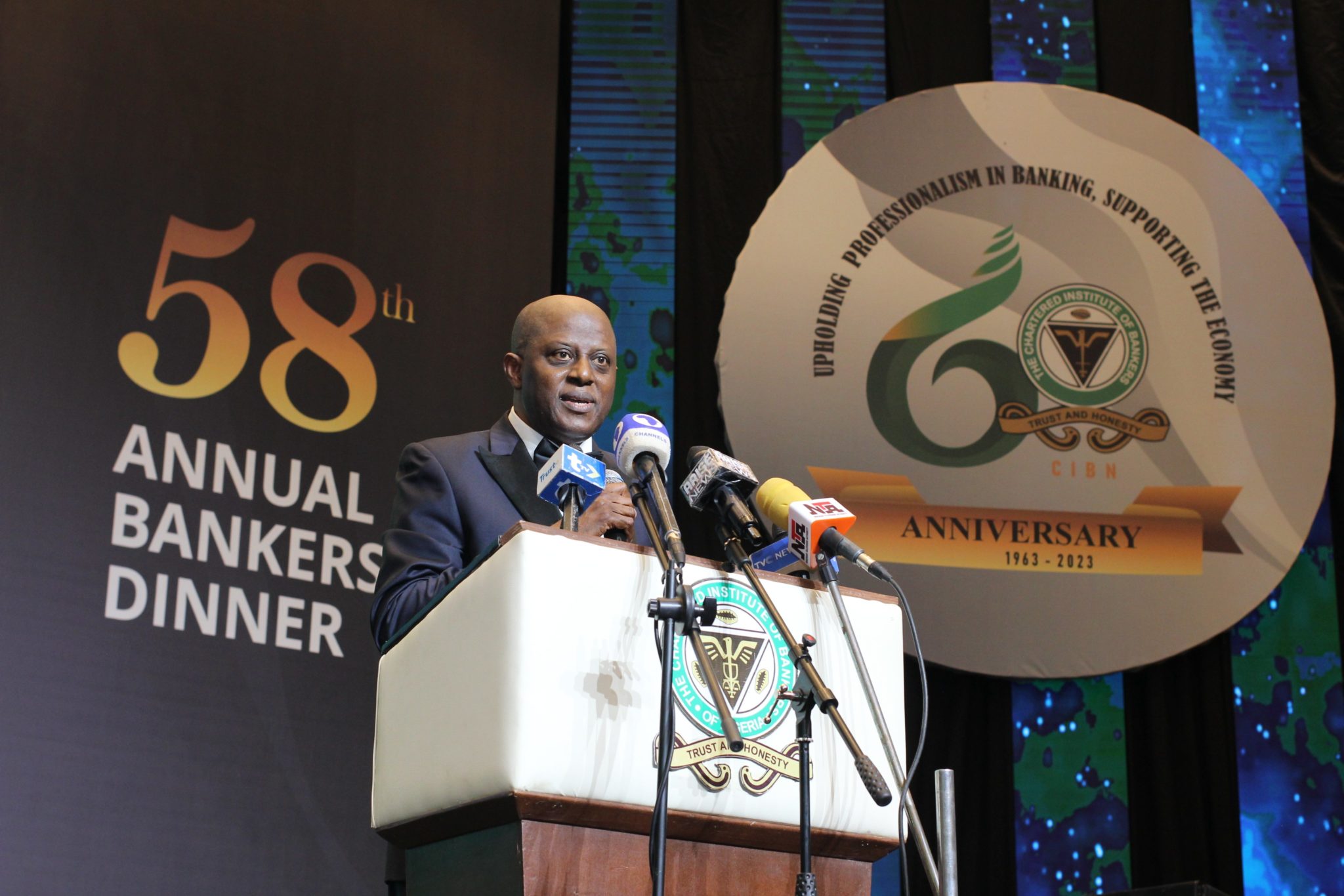Nigeria’s central bank governor, Olayemi Cardoso, has downplayed claims that the bank is depleting foreign exchange reserves to prop up the naira. Cardoso claimed that the apex bank’s intervention in the FX market is not as costly as speculated.
On Tuesday, a Bloomberg report pointed out a worrying reduction of the country’s foreign exchange reserves between March and April. It coincided with the start of weeks of appreciation for the naira, which is now the world’s best-performing currency this month.
According to Bloomberg’s analysis, liquid reserves declined 5.6% from March 18, when the naira rebounded from record-low levels against the dollar to $31.7 billion as of April 12.
That same article quoted an analyst as saying the CBN was “using its FX reserves to clear the valid backlog and return the naira to a realistic exchange rate.”
The central bank governor countered on Wednesday evening that the decline in the reserves isn’t out of place.
“There have been little cases at the outset where the Bureau De Change (BDCs) needed tiny amounts of money to get that segment going,” Cardoso said. “Debts were due, and they needed to be paid. Other times, money comes in. We have $600 million that came into the reserves. We want a market that operates on its own—a willing buyer, willing seller and price discovery.”
Cardoso did not share specific details about the debts that were due.
“The exchange rate gives people hope. We were regarded as the worst-performing currency of any country. Six months later, we have the title of best-performing currency,” said Cardoso.
The Central Bank introduced a raft of policies to stabilise the naira. It directed banks to reduce their net open positions. Last month, it cleared a much-discussed FX backlog estimated at $7 billion.
Cardoso emphasised the importance of trust and a return to the orthodox policy and highlighted the need for the fiscal side to meet the bank in the middle.
“We must have a handshake with the fiscal side.”
Inflation figures show the Central Bank still has a lot to do. Food inflation accelerated to 40% in March while headline inflation quickened to 33.2% in March, defying analysts’ estimates of a marginal increase.











